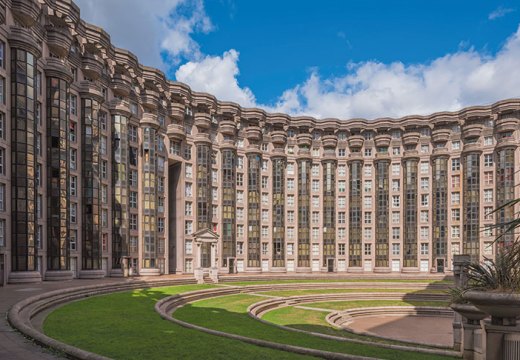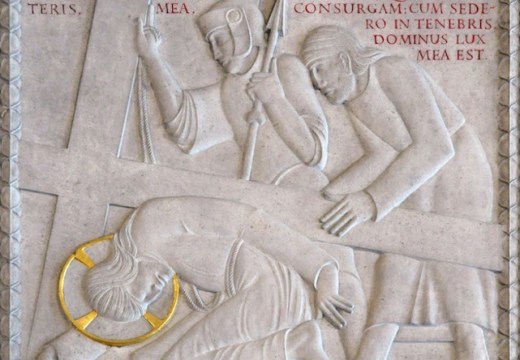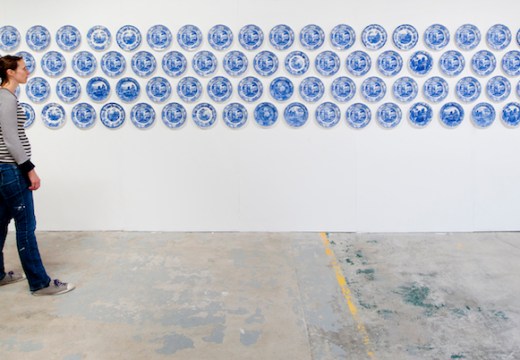The Spanish architect Ricardo Bofill has died at the age of 82, it was announced on Friday. Many of his most notable projects, including the Walden 7 apartment building and the Red Wall (La Muralla Roja) housing complex, can be found in his native Catalonia, but the architect owes much of his international reputation to the giant – and divisive – housing estates he designed in France in the early 1970s and ’80s. In 2017, Bofill said to Oliver Wainwright of the Guardian, ‘When I was 35, I was the most fashionable architect in the world. But I was always an outsider, never fitting in with architectural culture.’ After Bofill was expelled from the Barcelona School of Architecture in 1963, he set up a multi-disciplinary collective in an old cement factory, which remained his studio for the rest of his life, and in which his sons Ricardo Emilio and Pablo now lead the firm. The monumental, sometimes fantastical, buildings of the postmodern architect have featured in films such as Terry Gilliam’s Brazil and the Hunger Games.
On Wednesday, a man took a hammer to Eric Gill’s Prospero and Ariel statue, which stands outside the BBC’s headquarters on Portland Place in central London. After four hours, the attacker was brought down by the police and arrested on suspicion of criminal damage, while another man who was filming the vandalism was arrested for suspicion of conspiracy to commit criminal damage. There have been calls to take down the statue – and other works by Gill — over many years, on the grounds of the artist’s sexual abuse of his daughters, which came to light in Fiona MacCarthy’s biography of the artist, published in 1989. The BBC has issued a statement saying it has no plans to take down the sculpture, commissioned by its director-general John Reith in the 1930s: ‘The BBC doesn’t condone the views or actions of Eric Gill. Clearly there are debates about whether you can separate the work of an artist from the art itself. We think the right thing to do is for people to have those discussions. We don’t think the right approach is to damage the artwork itself.’
Victoria Siddall, global director of Frieze Fairs, is stepping down from her post next month. Siddall, who has worked for Frieze for 18 years will stay on until the end of Frieze Los Angeles (currently scheduled for 17–20 February) and will remain on the board of Frieze. Siddall became head of development in 2004 and took over as director of all the fairs from Matthew Slotover and Amanda Sharp, Frieze’s founders. Siddall told the Art Newspaper, ‘I’ve been thinking about it for some time and my role changed quite a lot last January when I stepped away a bit and joined the board of Frieze, and started taking on projects outside of Frieze as well […]’. After Siddall’s departure, each of the fairs (London, Seoul, New York and LA), will be overseen by its own director.
Stoke-on-Trent City Council has been heavily criticised for plans to cut the equivalent of 19 full-time posts across two museums and to cut their opening hours to five days a week. In budget proposals, which are currently under consultation, the council is aiming to save around £560,000 a year over the next five years. The Museums Association reports that one of the most controversial proposals is to close the Gladstone Pottery Museum to the public between November and March so that it can be used for film and television production.
Unlimited access from just $16 every 3 months
Subscribe to get unlimited and exclusive access to the top art stories, interviews and exhibition reviews.














![Masterpiece [Re]discovery 2022. Photo: Ben Fisher Photography, courtesy of Masterpiece London](http://www.apollo-magazine.com/wp-content/uploads/2022/07/MPL2022_4263.jpg)
It’s time for the government of London to return to its rightful home